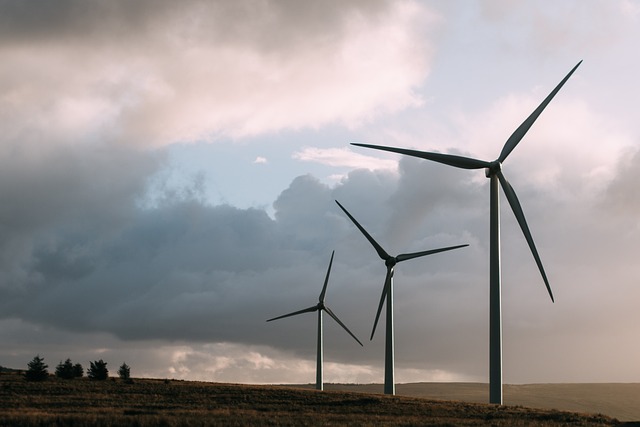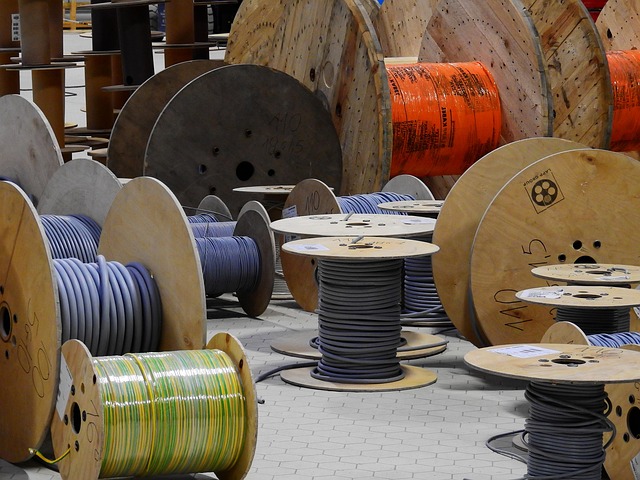Imagine tapping into an invisible, powerful force that surrounds us – the wind. For centuries, humans have dreamed of harnessing this energy, and today, that dream is a reality on a global scale. Wind energy isn’t just another power source; it’s a fundamental shift towards a future powered by nature, offering a clear path towards building a world that thrives without compromising the planet.
Powering Sustainable Development
Sustainable development is about meeting our present needs without compromising the ability of future generations to meet their own. Wind energy is a cornerstone of this vision. Unlike fossil fuels, which are finite and cause pollution, wind is an inexhaustible resource. By investing in wind farms, we create long-term, clean energy infrastructure that supports economic growth, creates jobs in manufacturing, installation, and maintenance, and provides energy security without depleting precious natural resources. This shift fosters resilient communities less reliant on volatile global fuel markets.
Reducing Our Ecological Footprint
Our ecological footprint represents the impact of human activities on the environment. Traditional energy sources, like coal and gas, have a massive footprint due to mining, drilling, transportation, and the release of harmful pollutants like sulfur dioxide, nitrogen oxides, and particulate matter, which contribute to respiratory problems and acid rain. Crucially, they release greenhouse gases, primarily carbon dioxide, driving climate change. Wind energy dramatically slashes this footprint. Once a wind turbine is manufactured and installed, its operation produces no air pollution and requires no water for cooling. It’s a clean, silent giant helping us tread lighter on the Earth.
A Key Green Technology
Wind power stands at the forefront of green technologies. These are innovations designed to reduce human impact on the environment. Alongside solar, geothermal, and hydro power, wind technology represents a viable, scalable alternative to fossil fuels. Continuous advancements in turbine design and efficiency mean we can generate more power from less wind, opening up more locations for development. Grid integration technologies are also improving, making it easier to incorporate variable wind power into our energy mix reliably. Embracing wind technology is embracing progress towards a cleaner, healthier planet.
Driving Towards Carbon Neutrality
Perhaps the most critical role of wind energy is its contribution to achieving carbon neutrality. Carbon neutrality means balancing the amount of carbon emitted into the atmosphere with the amount removed or offset. Since operating wind turbines produce zero greenhouse gas emissions, every kilowatt-hour generated by wind replaces power that would have likely come from fossil fuels, directly preventing CO2 from entering the atmosphere. Scaling up wind power generation globally is one of the most effective strategies we have for rapidly decarbonizing our energy sector, a necessary step to mitigate climate change and build a carbon-neutral future.
Choosing wind energy is choosing a future where our energy needs are met by the power of nature, paving the way for sustainable development, a smaller ecological footprint, the widespread adoption of green technologies, and the crucial goal of carbon neutrality. It’s a powerful force for change, shaping a healthier planet for generations to come.




